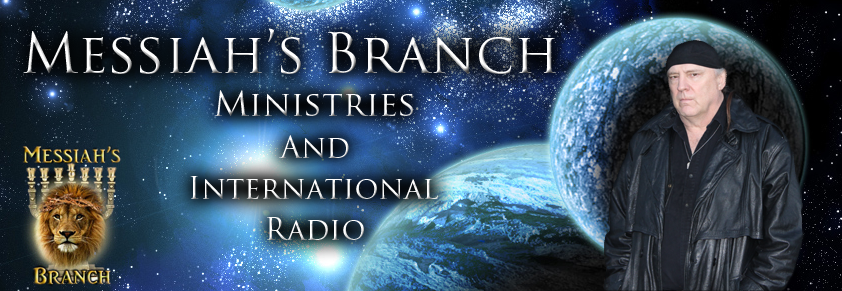https://www.israeltoday.co.il/read/the-third-temple/
During Sukkot, the Feast of Tabernacles, Jewish priests (kohenim) and Levites wearing white robes draw water from the Pool of Siloam in order to perform the traditional “Pouring of the Water” (Nissuch HaMayim). This is a biblical ceremony according to which water is drawn in silver vessels from the pool on the eastern slope below the Western Wall, and is then poured out on an altar especially erected for this purpose.
The ceremony that accompanies this water libation is called Simchat Beit HaShoeva, rejoicing at the place of the drawing of water. This water is called, according to Isaiah 12:3, Waters of Salvation:
“You will joyously draw water from the springs of salvation.”
The kings of the House of David were anointed at this source.
Jesus was also familiar with this water-drawing ceremony (John 7:37).
“Now on the last day, the great day of the feast, Jesus stood and cried out, saying, ‘If any man is thirsty, let him come to Me and drink. He who believes in Me, as the Scripture said, “From his innermost being shall flow rivers of living water.”’”
Jesus was thereby proclaiming that he is the long-awaited redeemer and Messiah. Jesus also healed the blind man at this pool (John 9).
The traditional Pouring of the Water at Sukkot is always the most joyful ceremony, as the Bible speaks of the Feast of Tabernacles as the most joyous of all the feasts. By comparison, joyfulness is not mentioned in connection with Pessach (Passover), and only once in connection to Shavuot (Pentecost).
“And you shall rejoice before your God.” (Leviticus 23:40)
“And you shall rejoice in your feast.” (Deuteronomy 16:14)
“So that you shall be altogether joyful.” (Deuteronomy 16:15)
This joy was both noticeable and tangible during the last week of September in Jerusalem.
The Temple Institute sees its role as being to build a house to contain the presence of God, in other words a Third Temple, on Mount Moriah. In order to do so they need education, research, activism and preparation. Awareness regarding the Temple has to be rekindled, and the laws regulating its operation must be retaught. “We hope to thereby make our contribution to the process which will lead to the holy Temple becoming a reality once again,” Rabbi Yisrael Ariel, founder of the Temple Institute, commented.
One of the main tasks is the manufacturing, faithful down to the last detail, of all the equipment necessary for Temple service. The Temple Institute already houses the three most important items for the new Temple, which have been produced precisely in accordance with the biblical specifications: the golden altar of incense, showbread table and the Temple menorah made of 24-carat gold.
